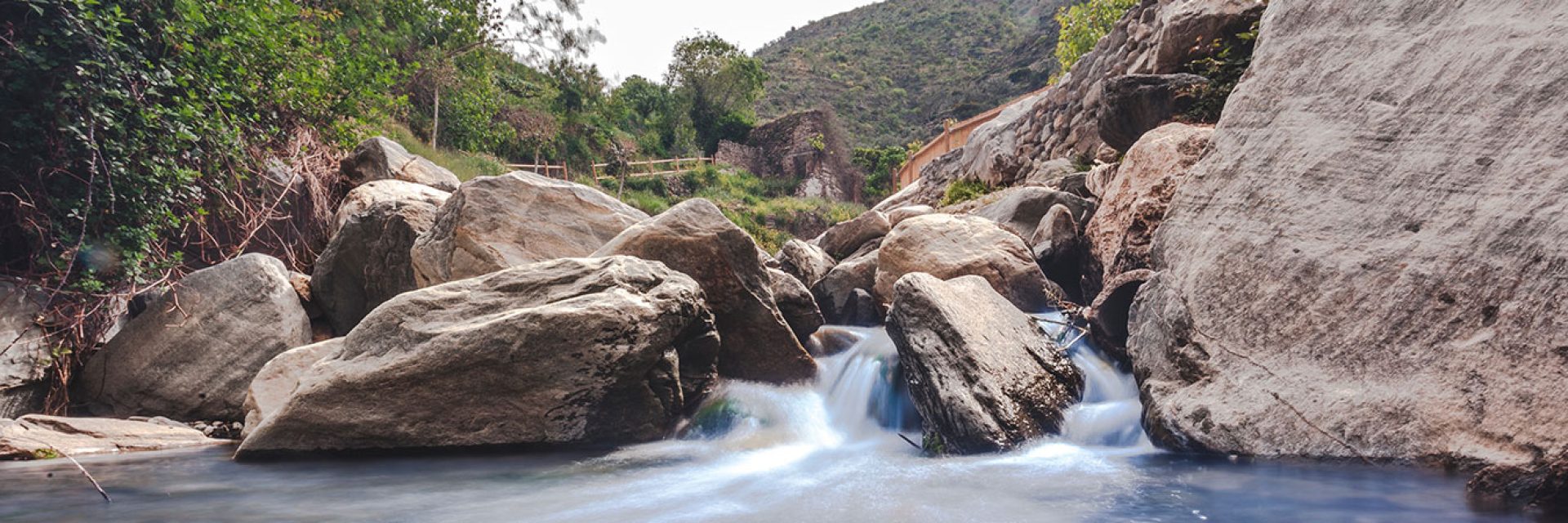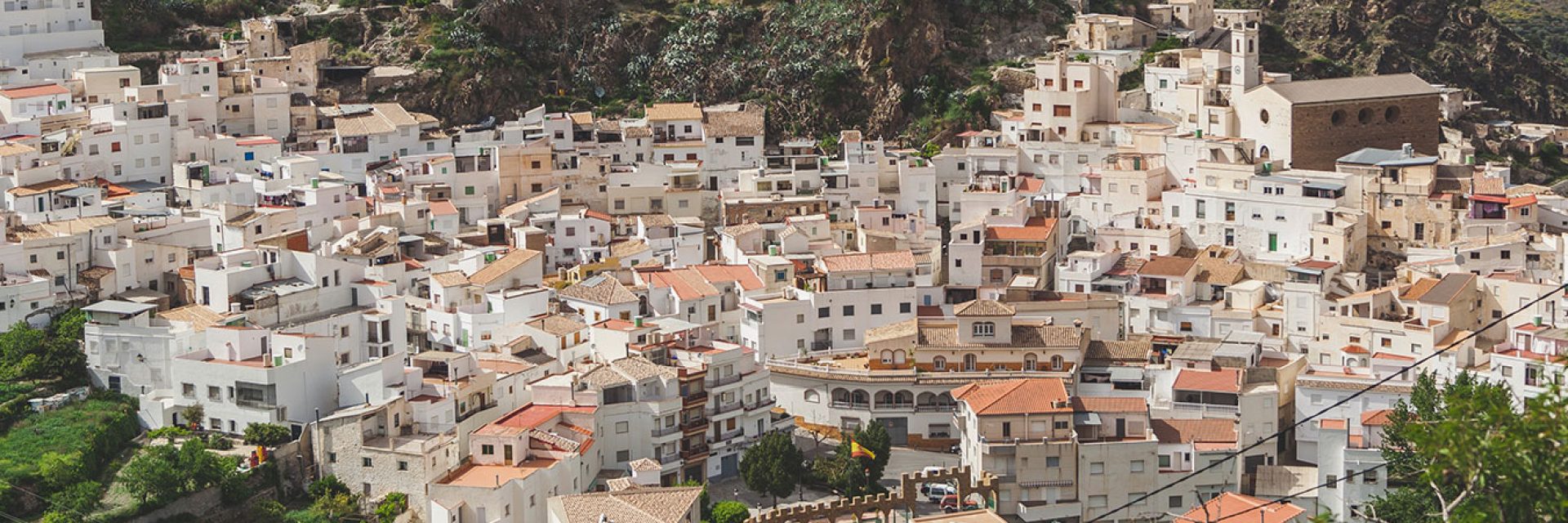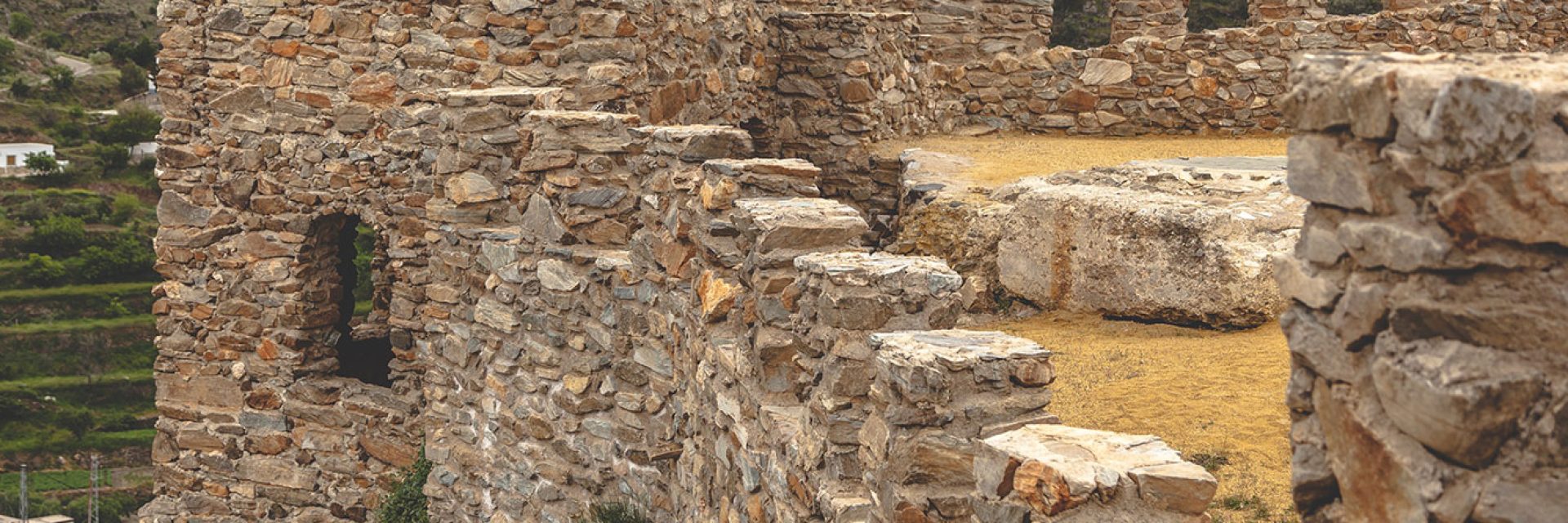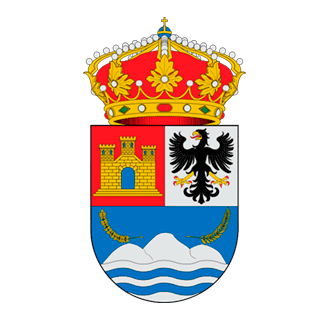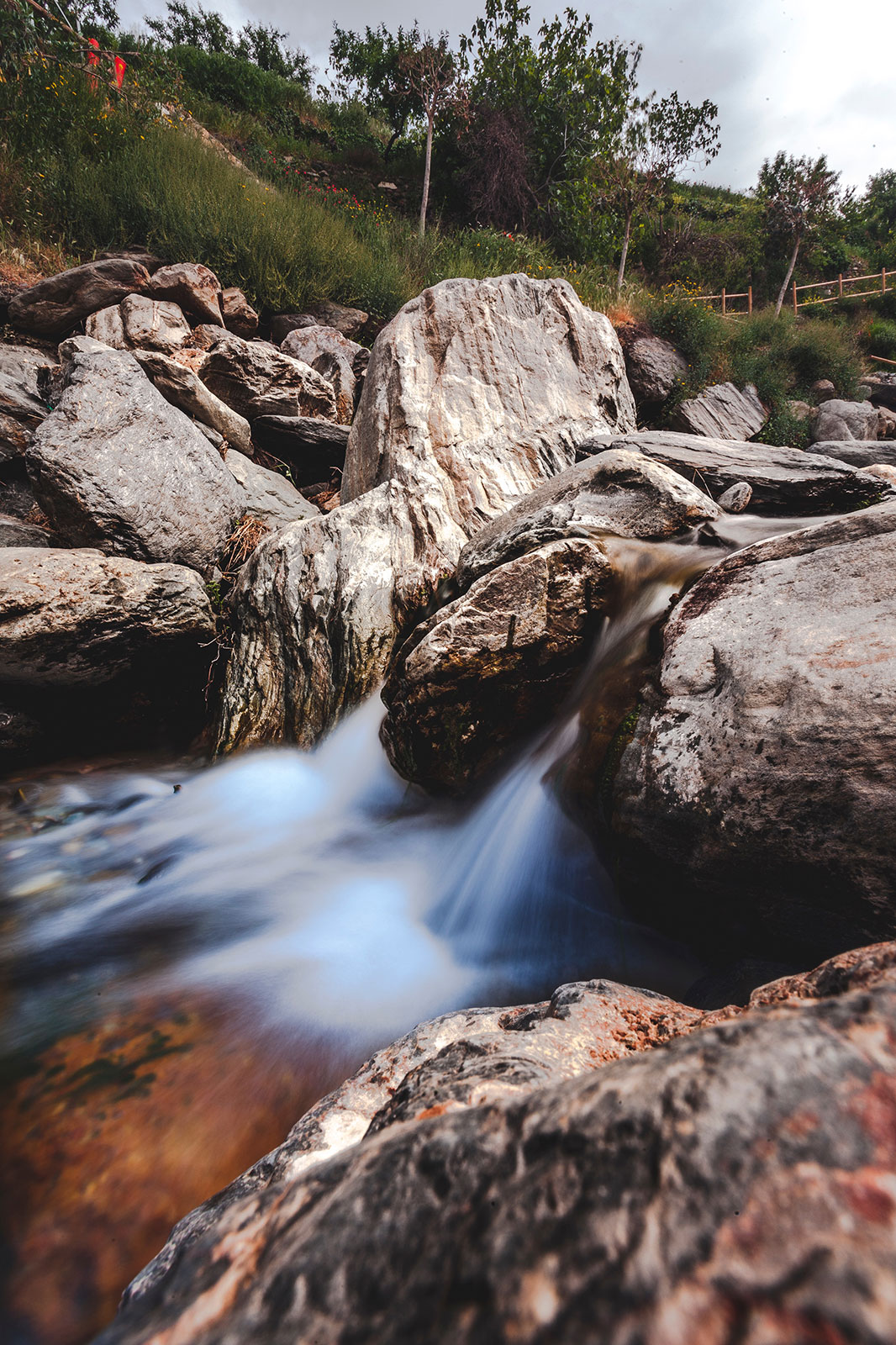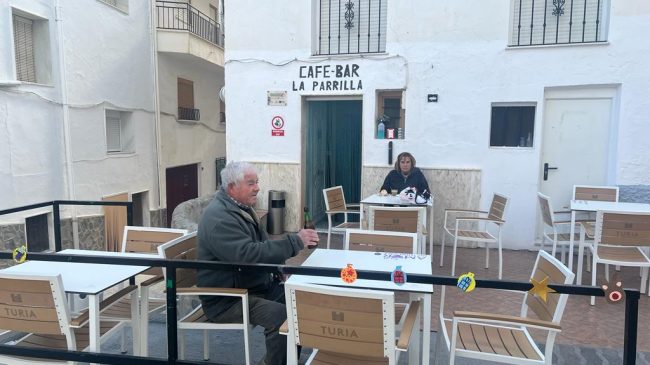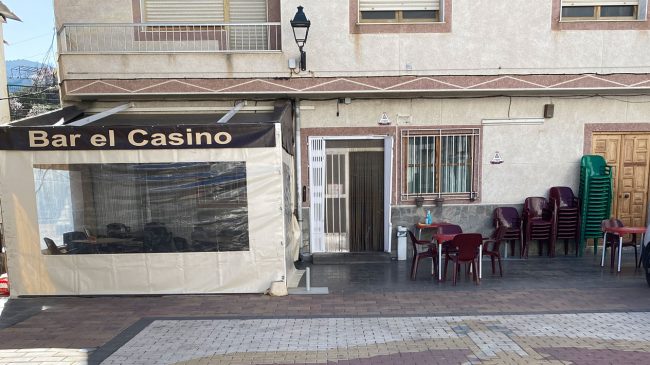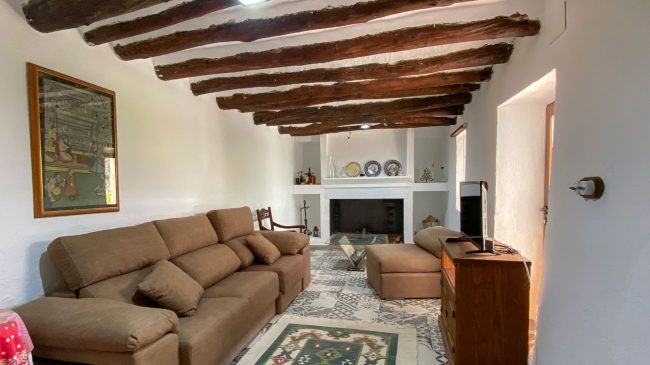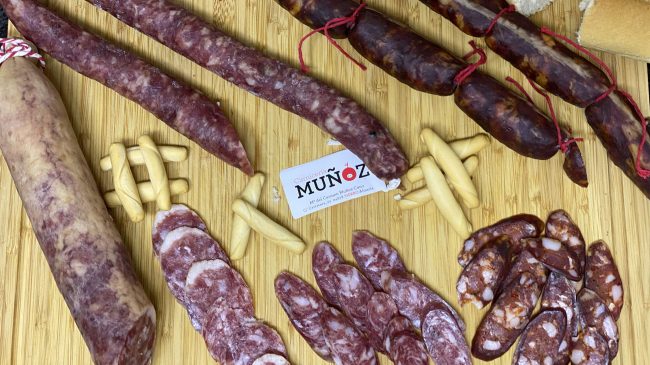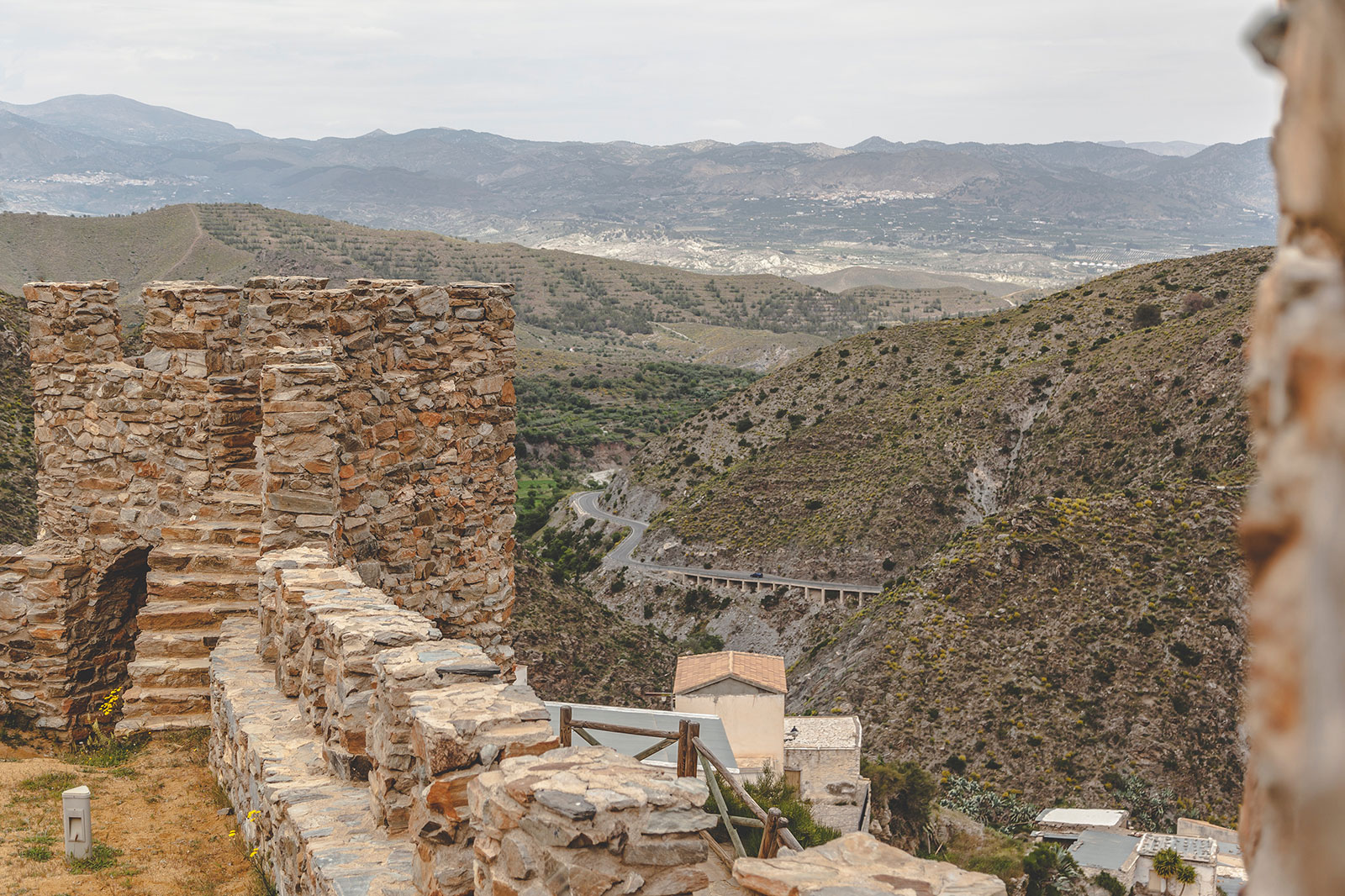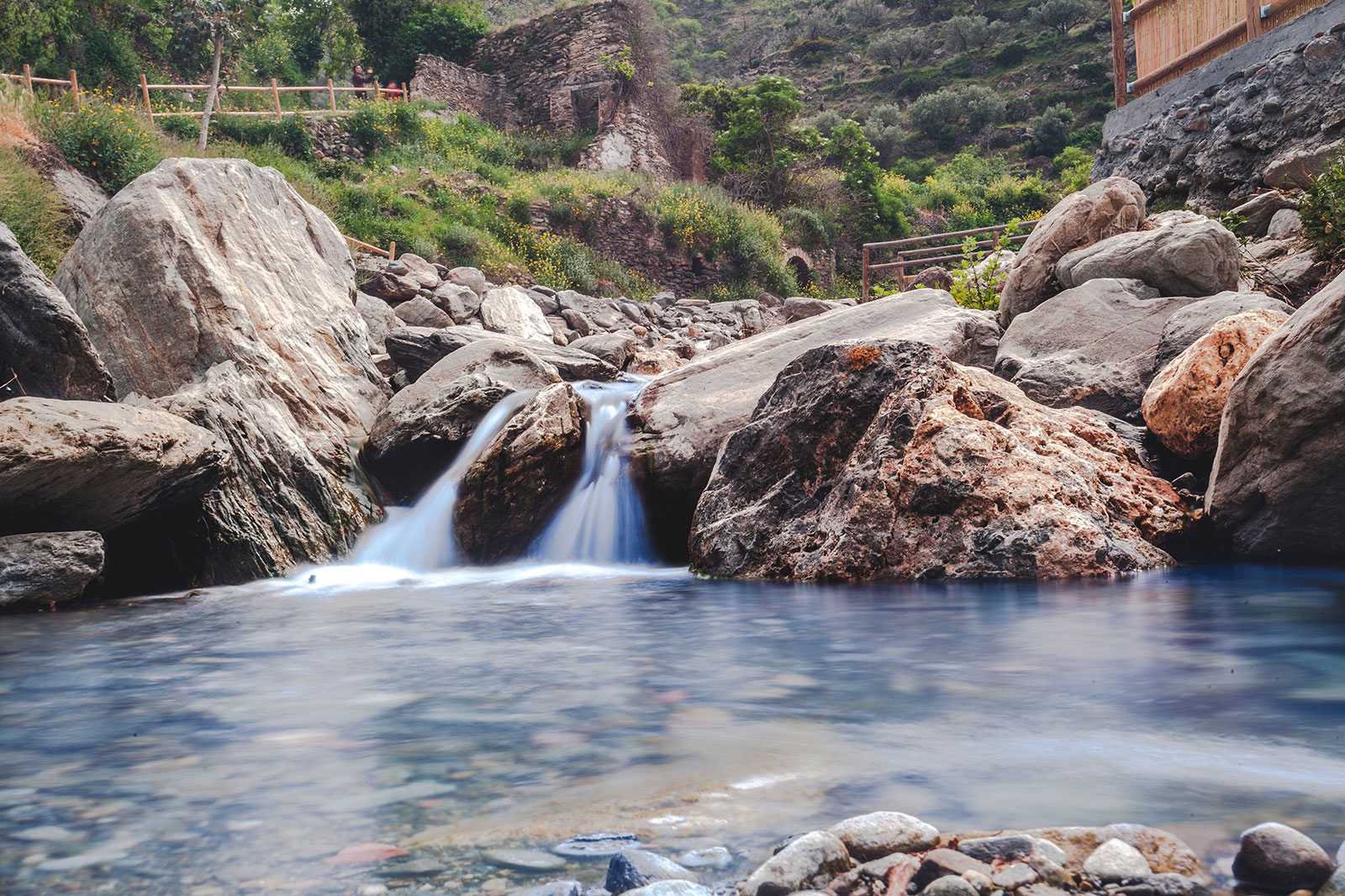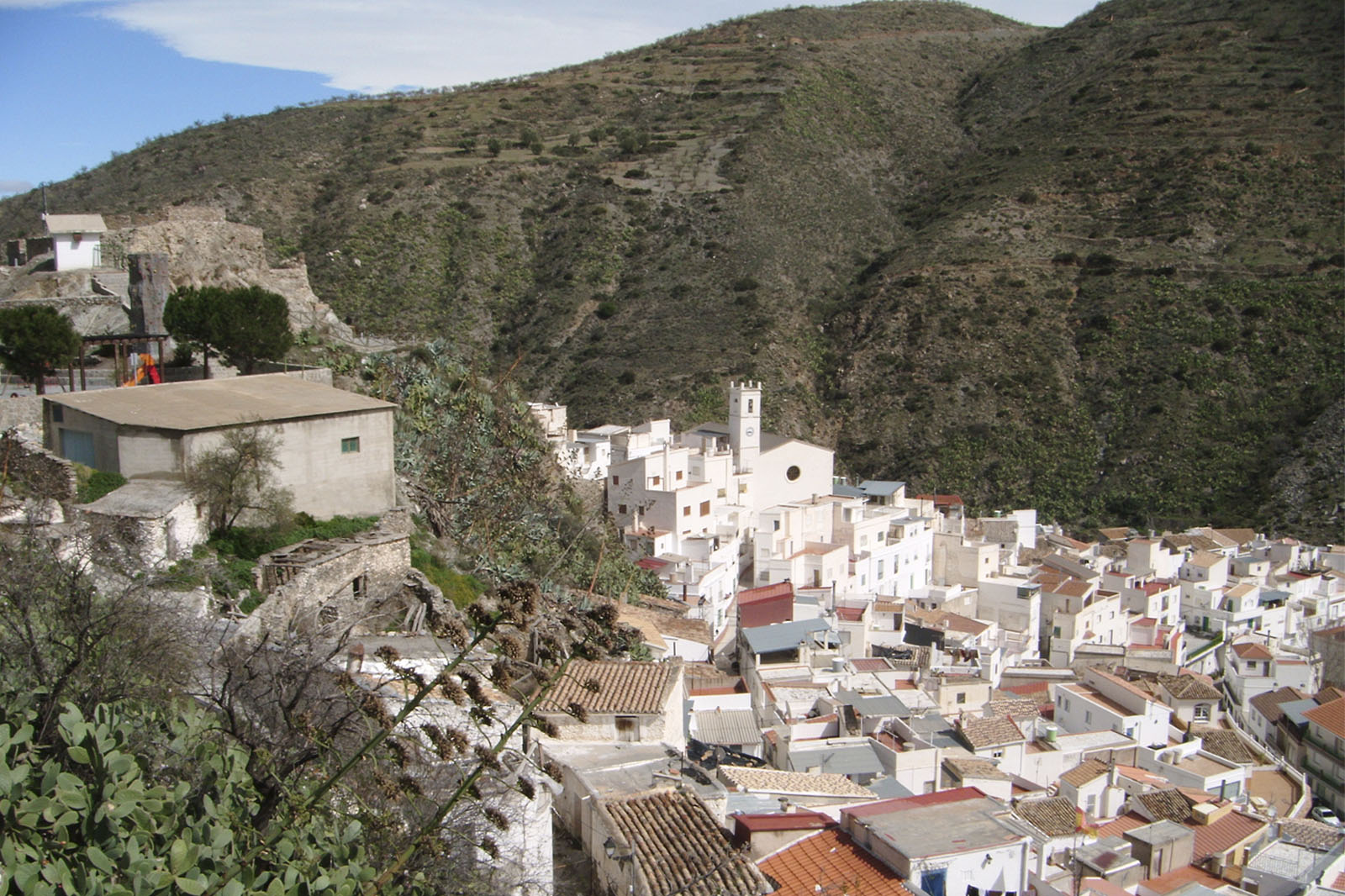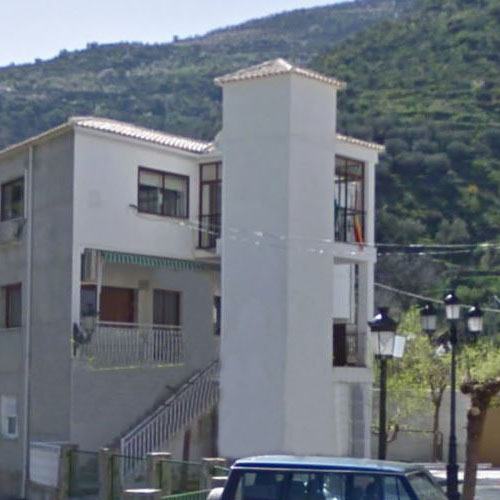San Sebastián is on January 20, but due to the inclement weather of winter, in 1934 it was agreed by the majority of the members of the Brotherhood, to change the date to the first Sunday of September, once the harvest of the harvest of cereals and for being summery time.
INTRODUCTION
Sierro in the Alto Almanzora
In Sierro, located in the Alto Almanzora region, you will find a unique village in the province of Almeria. To get here we cross the city of Purchena and take the detour to Suflí. We passed by and three kilometers ahead is our destiny …
The economy of Sierro depends on the exploitation of marble. 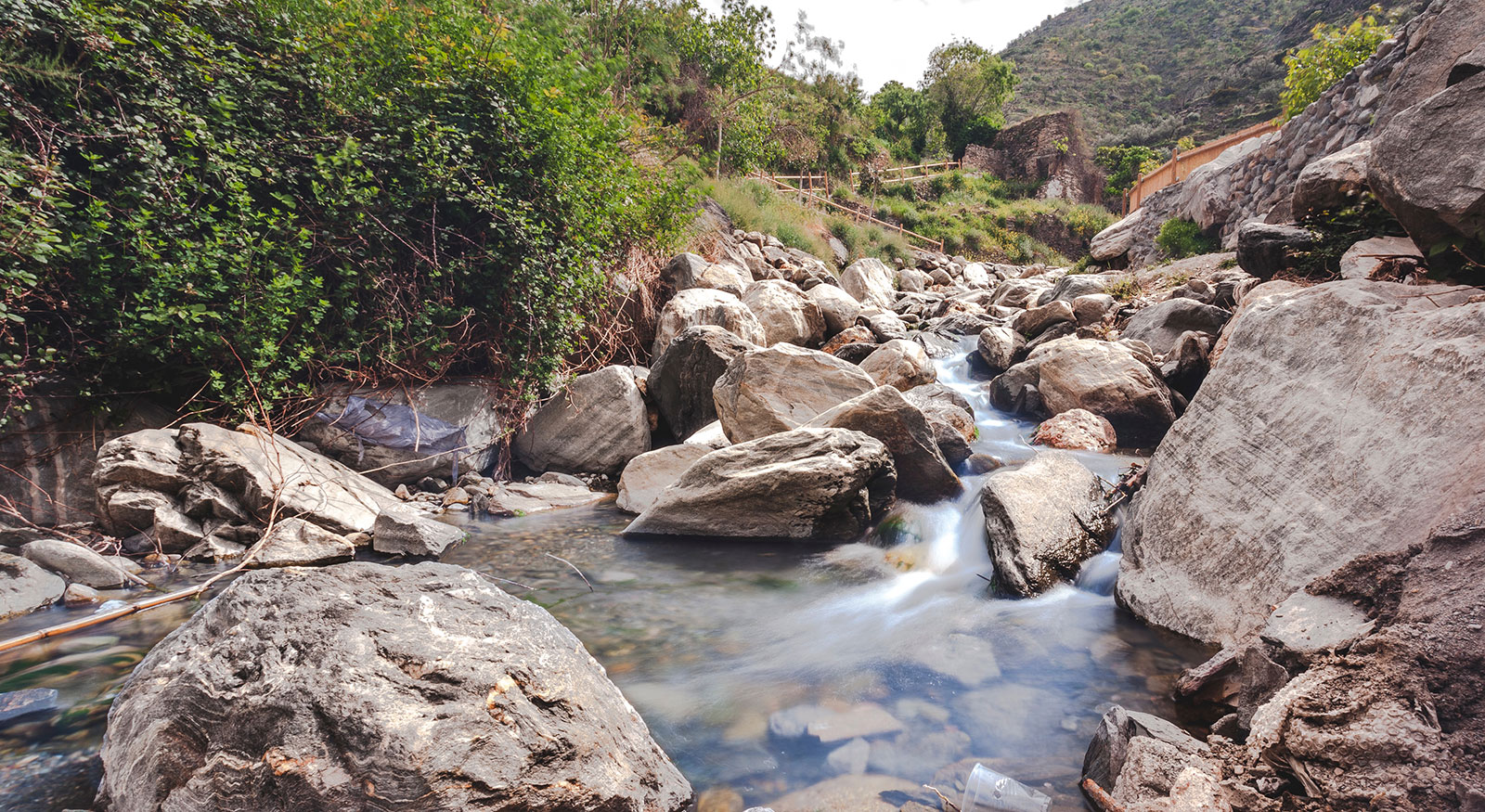 Thus, the work is in the nearby municipalities of Olula del Río and Macael.
Thus, the work is in the nearby municipalities of Olula del Río and Macael.
Gastronomy represents the culture of a people. It is influenced by the climate, the economy, the natural resources of the place, the seasons of the year and the religious festivities.
Tourist Routes
Among the routes that we recommend to visitors are those that tourists can visit through the village, visiting its church, the numerous squares and squares that are scattered along its most significant streets, its porches and the numerous free sculptures that They decorate a modern urbanism and they are true works of art made with care, affection and professionalism.
We recommend that you visit Olula del Río or the quarries of Macael, to observe such dangerous work and the factories of transformation of the product, as well as their craft workshops, key pieces of art and conservation of an office as old as its marble.
As Mayor of Sierro it is an honor for me to welcome all those who decide to discover the wonders of our people through this website.
Visiting the municipality of Sierro is an experience steeped in centuries of history.
All these singularities constitute a surprising mixture able to offer the visitor multiple tourist possibilities.
I would like this website to encourage everyone to enjoy and get to know our people, wishing them a pleasant stay that will surely make them repeat.
DISCOVER SIERRO
HISTORY AND ORIGINS
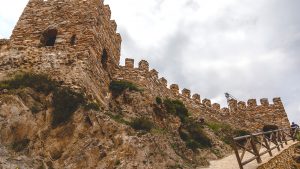 Villa located in the Alto Almanzora region. Although some consider that the word Sierro has a Berber origin, it seems that its origin is from the Latin word serra meaning mountain range or mountain range.
Villa located in the Alto Almanzora region. Although some consider that the word Sierro has a Berber origin, it seems that its origin is from the Latin word serra meaning mountain range or mountain range.
At the beginning of the period of Al-Andalus, the Sierra de los Filabres was populated mostly by Mozarabs. In an incursion of Alfonso the Battler in the year 1125, most of this population went with him to repopulate the Valley of the Ebro. In century XV it was possible to distinguish between Sierro Alto and Sierro Bajo.
After the Christian conquest of the late fifteenth century and the War of the Alpujarras (1568-1570), the Moors of the Kingdom of Granada were expelled. The repopulation was carried out with settlers from Murcia, Albacete, Castilla and Western Andalusia.
Its current population is dedicated to the cultivation of almonds and olives. Part of its population moves to Olula del Río and Macael in the exploitation of marble. Another activity of its people is the repopulation of the mountain.
The Moors and Christians invade Sierro for a few days
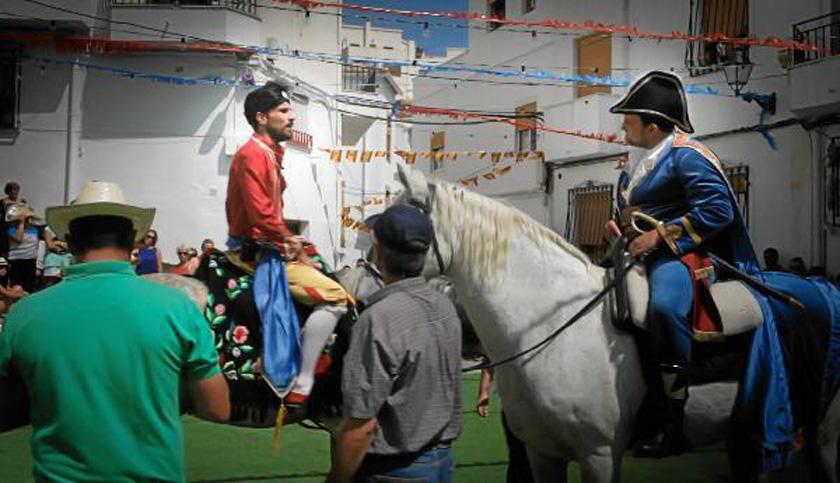 On the first Friday of September, when the sun sets, the Plaza de España in the municipality of Sierro is moved centuries ago to become the scene of battle between the Moors and Christians. It is a celebration of great tradition, which is celebrated in honor of the patron saint of Sierro, San Sebastian, with reasons for his parties, which take place from Friday to Tuesday. Saturday is when the first battle is fought, a skirmish in which the Moors are victorious. As winners they stay with the Castle and with San Sebastián as a captive. That same day, the Saint, imprisoned in the Castle, receives various offerings from the serranos (embroidered mantles and cloths, vases, pumpkins, garlic, peppers, rabbits, and everything you want to donate) and at night, has place the auction of all these gifts, in which all the people participate with great excitement and expectation. The money collected is for the brotherhood and for the maintenance of the Saint and the Tradition.
On the first Friday of September, when the sun sets, the Plaza de España in the municipality of Sierro is moved centuries ago to become the scene of battle between the Moors and Christians. It is a celebration of great tradition, which is celebrated in honor of the patron saint of Sierro, San Sebastian, with reasons for his parties, which take place from Friday to Tuesday. Saturday is when the first battle is fought, a skirmish in which the Moors are victorious. As winners they stay with the Castle and with San Sebastián as a captive. That same day, the Saint, imprisoned in the Castle, receives various offerings from the serranos (embroidered mantles and cloths, vases, pumpkins, garlic, peppers, rabbits, and everything you want to donate) and at night, has place the auction of all these gifts, in which all the people participate with great excitement and expectation. The money collected is for the brotherhood and for the maintenance of the Saint and the Tradition.
Winners and losers
The second part of the relationship, takes place on Sunday at noon, this day the victory is for Christians, who win the battle. After armed meetings between ambassadors and generals, the Moor side ends up accepting their inferiority until they ask for adhesion to the new faith, on the part of General Moro. However, the ambassador refuses to convert to Christianity so they cut off his head.
According to the studies collected by Melina Rubio Rubio, a graduate in Geography and History from the Hispalense University of Seville and a native of Sierro, this historic custom began around 1709, although there is no document to prove it. At first this celebration was held on San Sebastian, January 20, but due to the inclement weather typical of this station, in 1934 it was agreed by the majority of the members of the Brotherhood, change the date to the first Sunday of September , once the harvest of the cereal harvest is finished and because it is a summer season. Sierro parties last until Tuesday, the day when they conclude with traditional games and a chocolate with churros for all the neighbors and visitors to the events.
Victors and vanquished
The second part of the account takes place on Sunday at midday, on this day the victory goes to the Christians, who win the battle. After armed encounters between ambassadors and generals, the Moorish side finally accepted their inferiority and even asked the Moorish general to join the new faith. However, the ambassador refuses to convert to Christianity and his head is cut off.
According to studies compiled by Melina Rubio Rubio, a graduate in Geography and History from the Universidad Hispalense de Sevilla and a native of Sierro, this historical custom began around 1709, although there is no document to prove it. Originally, this celebration was held on the day of San Sebastián, 20 January, but due to the inclement weather typical of this season, in 1934 it was agreed by the majority of the members of the Brotherhood to change the date to the first Sunday in September, once the cereal harvest had finished and because it was summer. The Sierro festivities continue until Tuesday, the day on which they conclude with traditional games and chocolate with churros for all the locals and visitors to the events.
Video Fiestas San Sebastian and Moors and Christians
FESTIVITIES
The Patron Saint Festivities are celebrated at the beginning of September, they are popular manifestations where the people of the town try to get together and enjoy as much as possible. They constitute the most numerous festive event in the municipality. On the occasion of the festivities, the population multiplies, as those who had to emigrate and the children of those former neighbors of the town come.
More and more tourists visit it during the holidays. Among the acts that are scheduled at these festivals are masses in honor of the patron saint and processions. But all are not solemn acts, there is also time for popular festivals, sports activities and traditional games, which are elements that never fail.
ORGANIZE YOUR TRIP
What to do in Sierro
WHERE TO EAT
WHERE TO SLEEP
DATA
Town Hall of Sierro
Address: Plaza Andalucía, 0 S N, 04878 Sierro, Almería
Contact: 950 42 34 04
Web: http://www.sierro.es/

